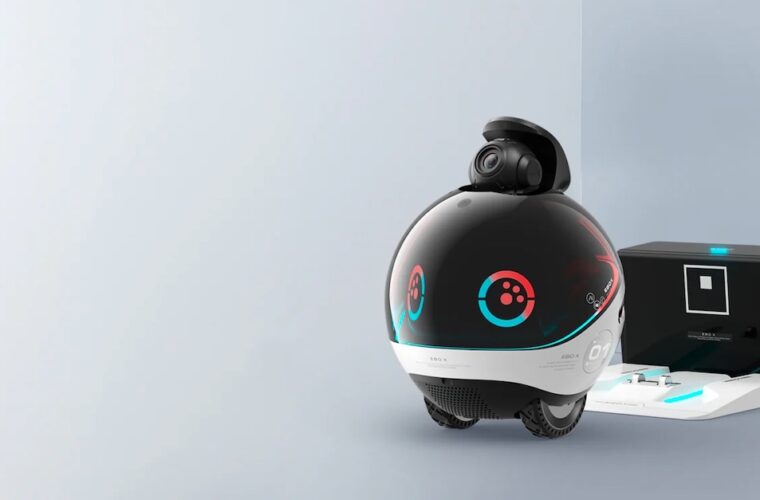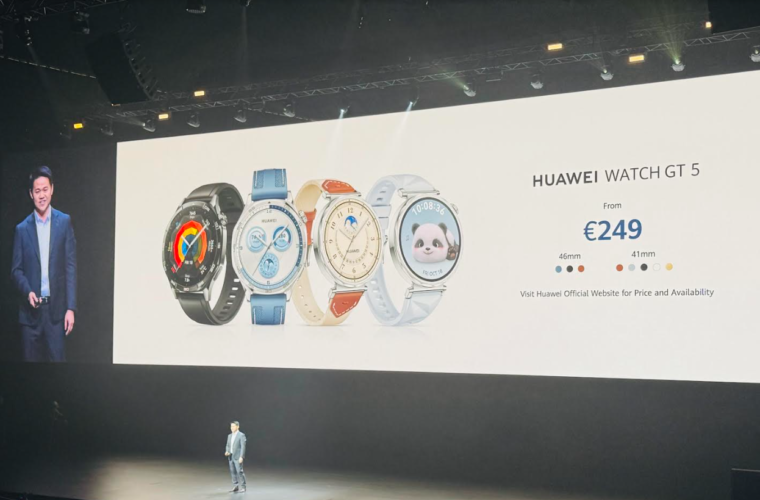There is one thing that parents can never compromise on. The safety of their kids. Be it online or offline, children are more vulnerable and more susceptible to attacks. It is impossible to always be with your children to safeguard them from inappropriate content on the internet or to know when they might be in danger during playtime or school hours.
To bring this more into perspective, here are a few stats:
· 9 out of 10 children between the ages of 8 and 16 have seen online pornography.
· According to law enforcement officials, more than 50,000 sexual predators at a given moment.
· Children between the ages of 12 and 17 are the largest consumers of internet porn.
Do you understand how grave the situation is? But this doesn’t mean that parents should restrict their kids from using the internet, for that matter. But as a parent, this can become a difficult choice. That is why most parents opt to use some
type of child protection apps that lets them keep an eye on their children even from a distance.
What Are Child Protection Apps?
There is quite a wide variety of child protection apps available in the market. Some apps help you regulate and monitor your child’s Internet usage and some provide real-time monitoring of their location and schedules. Both types of apps have a high demand and more and more parents are inclined towards them to help secure their children’s safety online and offline.
Here is a rundown of some trending child protection apps.
Kaspersky Safe Kids
In a 2018 report by Kaspersky Lab, it has been observed that the most number of web browser searches made by children were for video content, comprising about 17% of the total searches made.
While most of the content may be harmless, one cannot ignore the possibility of children stumbling upon age-inappropriate content. The highest number of Google searches made by children is in the order of video contents, followed by translation searches, communication and then games.
While the data could vary a little bit based on languages and the cultural background of each group of children, it remains a fact that children potentially end up watching inappropriate or traumatic video content even through an innocent search as around 22.4% of harmful content comes from video and audio-related sites.
Kaspersky’s Safe Kids provides a safe browsing environment for kids when they use the internet. It blocks off potentially harmful content and websites. Parental control allows you to filter online content, manage other app usages and screen time.
The premium version has additional features like geofencing alerts and tracking of battery level, call, text and social media. The app though available in iOS has limited features but works great with Macs, PCs and Android platforms.
Qustodio
Qustodio is a child protection and monitoring app that works across platforms and can be used to manage your child’s internet and app usage across multiple devices and platforms. You can set time limits on app usage and monitor texts and calls. The service starts at $54.95 for five devices per year.
Google Family Link
If anyone understands how search results can go out of hand, it has to be Google. That’s why Google has a free parental control solution that helps parents control their children’s internet habits.
Google Family Link lets you create a special Google account that you can give your kid to access Google services but lets you have the control over how much they can use it. You can set app usage time limits, screen time limits and approve or block app downloads and also perform remote locking to enforce a curfew. The service lacks location tracking features and can only be used on Android platforms.
Norton Family Premier
Norton is a popular anti-virus software company. Their solution to providing parental control comes in the form of Norton Family Premier, an all-around service that provides parental control features like blocking websites, tracking browsing history, limiting screen times, remote locking of devices, real-time location tracking, text message monitoring and so on. The only drawback is that it has a limited feature set on the Mac and iOS platforms.
Xplora2
Xplora2 is a gadget-cum-app that lets you track the live location of your child. It is a watch with an embedded GPS tracker that can sync up with your mobile app to provide accurate location details. It does not require a SIM card to work and is super reliable. This device is particularly useful for younger kids and helps you find them if they ever get lost wandering off or play near to potentially dangerous environments.
You can also create alerts to warn you when your child leaves a particular location, for example, from school or their friend’s house. It can also be integrated with Amazon Echo and respond to Alexa voice commands.
It costs a one-time purchase fee of about $170 and no monthly subscription charges. Just remember to tell your child to never lose the watch ever.
Famisafe
Famisafe is another GPS tracker app that allows you to check the real-time location as well as location history. It is available on both Android and iOS platforms and comes under several paid subscription plans, $4.99 per month annually, $9.99 per month or $6.66 per month quarterly.
Jiobit
Jiobit is a specialized location tracker device parents can make use of to track their child’s whereabouts in case the child doesn’t have or has lost their smartphone. This small GPS tracker is just 55mm in size and weighs 18 grams. It looks like a guitar pick with a small loop on one side that you can attach to keychains, bag straps or even shoelaces easily.
Life360
Life360 offers GPS tracking facilities along with the ability to add in more family members to coordinate plans. You can also get alerts on a low battery on your family member’s phone.
GPS trackers can essentially be used to monitor not just kids but also adults with disabilities and mental disorders and make sure they stay safe.


